If you’re visiting Jordan for the first time, this Jordan travel guide should help you to prepare for your trip.
Some of the links in this post are affiliate links. All this means is that if you make a purchase through one of the links I have provided, I will earn a small commission as a result but the cost to you will remain exactly the same.
A friend and I recently enjoyed an incredible 10-day adventure through Jordan. Aside from a couple of days Jayne spent in Qatar, as a layover en-route to South Korea, neither of us had spent any time in the Middle East before. On that basis, we didn’t really know what to expect. We had no experience (or, very little, in Jayne’s case) of their culture or customs, and a very limited awareness of the cost of living, the kind of food that’s eaten there, and the logistics of getting around.
So, when we returned, I knew that this Jordan travel guide was the first one I wanted to write.
If you are currently planning your own trip to the country, then here are 10 things to know before visiting Jordan.
1 | Cash is King
I think I can quite confidently state that everyone in Jordan prefers cash. Some will reluctantly accept card (but will often add a surcharge when you choose to use this method of payment). And many will refuse card payments altogether. This creates a problem because the maximum amount of cash you can withdraw from an ATM in Jordan per day is 200 JOD (£248.75, using today’s exchange rate) and you will be charged 4 JOD (approximately £5) every time you make a withdrawal — regardless of the amount of money you’re withdrawing.
Now, £250 may sound like a fair amount of money, but bear in mind that this is to pay for everything while you’re in the country, including pre-booked accommodation, treks, drivers, and activities, along with all of your food and drink.
We booked (most of) our accommodation through booking.com, because we were still playing around with our itinerary right up until the day before we flew out to Jordan, and we wanted to take advantage of the free cancellation they offer. For this reason, we chose to pay on arrival, wrongly assuming that — as has happened on pretty much every occasion up to this point — our registered card would be debited when we checked in. Or, at least, we’d be given the option to pay using the card stored in our Booking account. Not so in Jordan! Unless you’re staying in a more high-end hotel or resort complex.
We also booked our trek guide (and subsequently, a car and driver for the rest of our trip) through Jordan Beauty, assuming (again, wrongly) that as this was an established travel agency, we could pay the deposit and settle the balance on card. However, the owner of Jordan Beauty would not take a deposit, and then expected us to pay for everything we’d booked through them, in one go, at the end of our trek.
My advice would be to try and anticipate (as best you can, before you go) how much money you’ll need to spend once you’re over there, and then pre-order it before you go. Yes, that unfortunately does mean that you’ll potentially be carrying a lot of cash around with you. But you’ll get a much better exchange rate and avoid any charges once you’re there. I’d also advise being a little more organised than we were by paying your accommodation balance when you book, rather than when you stay. That way, you’ll be able to cover a large chunk of your expenses, on card, prior to arriving in the country.
2 | You cannot rely on public transport as a means of getting around the country
There are no scheduled passenger train services in the country. Buses do run, but the services are generally set up for locals; there’s little or no provision for independent travellers. What I mean by that is the following:
- Very little official information about bus travel exists; locals tend to know the system by word of mouth.
- Buses do not run to a schedule; they simply leave when they’re full.
- Outside of the major towns and cities, very few buses run at all.
- The point of origin and destination is generally painted on the front of the bus in Arabic script. If you don’t understand Arabic, you’ll not have much of a chance of getting on the right bus!
So, if you’re planning to travel around Jordan independently (as we did), you’ll have just two options available to you:
- Hire a car.
- Hire a car and a driver.
Jayne’s not a confident driver and I haven’t driven a car for I dread to think how long (can’t afford one and don’t need one back home), so our only viable option for travelling around Jordan independently was to hire a car and a driver.
Now, drivers don’t generally advertise online (they rely on word-of-mouth recommendations), so it can be a bit of a tricky quest trying to find one. Spending time on travel forums or asking the question in a relevant Facebook group/community can speed up the process, but it’s certainly no easy feat.
And this is why, when the company we booked our trek through said they could also organise a car and a driver for us, we agreed without much hesitation.
3 | If you’re travelling on a budget, you’ll be eating a lot of falafel!
Like the rolex in Uganda and pad thai in Thailand, the falafel sandwich seems to be Jordan’s most popular and affordable street food snack. I say ‘snack,’ but falafel sandwiches are substantial enough to be classed as an actual meal; we certainly treated them as such. You can pick them up from market stalls, kiosks, and street side vendors, normally for a little over 50 dirhams (around 62 pence).
To make a falafel sandwich, falafel balls are flattened and stuffed into a khubz (a kind of Arabian flatbread similar to pitta) with hummus, and sometimes eggplant, salads and sauces as well. They’re easy to eat on the go, and available everywhere.
Even if you dine in one of the country’s restaurants, falafel are normally one of the cheapest options available on the menu. Jayne and I ordered the spread below (which, as well as the falafel, also included a portion each of mutabel — an eggplant-based dip — and an Arabic salad) for a total cost of 9 JOD (£11.23).
4 | Tea is the centrepiece of Jordanian culture
Regardless of where you are in the country, along with every introduction comes the offer of tea. Sweet black tea served in tiny shot glasses. The tradition of tea drinking in Jordan goes back hundreds of years, to a time when the Bedouin people lived a harsh but simple life in the desert.
If you are asked, “Tashrab shay?” (‘would you like to drink tea?’), absolutely do not say no!
One of the first and most unexpected places we were offered tea during our 10-day Jordan trip was several hours into our first day of hiking the Jordan Trail from Dana to Little Petra. We approached an overhanging rock at the side of the trail, which offered a natural shelter from the burning heat of the midday sun. Our guide, Ibrahim, suggested we stop there for a short rest, and as we did so we spotted a local gentleman sitting on a small ledge, a large pot of tea bubbling away on the makeshift fire in front of him.
I’m not entirely sure how this gentleman knew to expect us, as there didn’t seem to be a mobile phone in sight, and the holes in his trainers suggested that he didn’t have the money to buy one anyway. But, I was grateful for some shade and for that warm sweet nectar that both quenched my thirst and supplied me with a nice little energy boost for the hike ahead.
Days two and three on the Jordan Trail were rather more remote, so Ibrahim packed his own tea pot, loose tea, sugar and shot glasses in his backpack, and carried them with him for the duration. Because it seems that Jordanians cannot entertain the idea of travelling somewhere without the means to make tea at any available opportunity.
5 | Jordan is a Muslim country — dress appropriately
Usually I love packing for hot, tropical climes, because the temperature dictates that I can pretty much live in t-shirts/vest tops, shorts and flip-flops for the entirety of the trip. Not so in Jordan. We’d read that at the very least women should have their shoulders and knees covered at all times. However, there was also lots of information floating around that advised against wearing anything clingy and even going out with wet hair — both of which could be regarded as sexual, and, therefore, in equal parts inappropriate and disrespectful to the local people.
Jordan is a lot less conservative than other Muslim-majority countries such as Saudi Arabia, Iran, Iraq and Afghanistan, but also not as liberal as large parts of Turkey and Lebanon. So, whilst Western women are not required to cover their heads (the exception being when visiting a mosque), they are still expected to dress respectfully. This means no ‘short’ shorts and no strappy tops or dresses.
I admit that we did have to go out to dinner with wet hair on a couple of occasions due to the places we were staying not providing hairdryers, but — aside from a French lady at a restaurant in Wadi Musa — we didn’t receive any odd looks or negative reactions to this. And, to be honest, I don’t think it was specifically our wet hair that was causing this woman to stare, very obviously, in our direction. She was rather well dressed and equally well groomed, so I suspect that she probably didn’t appreciate being sat on a table next to a couple of scruffy hikers! (albeit clean ones).
6 | Your days will be punctuated by the distinctive sound of the call to prayer
If you didn’t pay attention in your Religious Studies classes at school or you’ve never travelled to any of the countries in the Islamic world, you may be unfamiliar with the call to prayer. Whilst Jordan also boasts one of the oldest Christian populations in the world, around 92% of the country’s population are Muslims, so there are in excess of 6000 mosques in Jordan.
Muslims are required to perform five prayers (salats) every day. These prayer times are determined by the position of the sun and, as such, change on a daily basis (albeit only slightly). They are as follows.
- Fajr (dawn)
- Dhuhr (around midday, just after the sun reaches its highest point in the sky)
- Asr (afternoon)
- Maghrib (sunset)
- Isha (nighttime)
On each of the above occasions, a muezzin recites the call to prayer (adhan) either from the balcony at the top of the minaret or from a side door, if the mosque doesn’t have a minaret (which, a lot of modern ones don’t). The muezzin’s voice is amplified by a speaker so that his call to prayer can be heard by the whole of the community/town it serves.
If you’ve never heard a call to prayer before, I find it quite a soothing, mesmerizing sound, and one that I didn’t mind being roused from my sleep to listen to at around 5:30 every morning.
7 | If you need a visa to enter the country AND you plan to visit Petra, get yourself a Jordan Pass
If you’ve already done a bit of research on visiting Jordan, you may well be aware of the Jordan Pass. The Pass is a government tourism scheme that bundles together admission to over 40 of the country’s tourist attractions into one single ticket. It also includes the cost of your tourist entry visa. Every Jordan travel guide should mention the Jordan Pass — find out why below.
Now, the Jordan Pass does not exempt you from needing a visa or offer you any kind of skip-the-line privileges at the airport or at any of Jordan’s tourist attractions, but it will save you money when compared to the cost of paying for a visa and entry to Petra separately. To illustrate this, here are the costs of the three available Jordan Pass options.
- The Jordan Wanderer (70 JD / 99 USD) | One-day entry to Petra + 40+ attractions + tourist visa
- The Jordan Explorer (75 JD / 106 USD) | Two-day entry to Petra + 40+ attractions + tourist visa
- The Jordan Expert (80 JD / 113 USD) | Three-day entry to Petra + 40+ attractions + tourist visa
As an example, if bought separately, a tourist visa will cost you 40 JD and a one-day entry ticket for Petra will set you back 50 JD. So, purchasing the Jordan Wanderer Pass will instantly save you 20 JD / 28 USD / £23, and that’s even without entry to any of the country’s other tourist attractions.
It’s also a lot more convenient having a barcode on your phone (you can print a paper copy of your Jordan Pass, if you’d prefer) that you can show to staff on the ticket desk rather than having to mess around with money exchange.
Do remember to check which attractions are included in the pass though, as some of those that appear on many travellers’ itineraries (Mount Nebo, Bethany Beyond the Jordan and the Madaba Map) are excluded.
8 | Jordan is not always hot and sunny – time your visit appropriately
Due to the fact that Jordan is 75% desert, there is a common misconception that the weather is always hot, dry and sunny. And whilst that is certainly true during the summer months (from May through to October), Jordan winters can be cold and wet and the country experiences a lot of flash flooding.
Those cheap flights may not be so much of a good deal when you discover that the weather is not conducive to doing any of those activities you had on your itinerary. It’s also important to note that heavy rains can cause site closures and tour cancellations. This doesn’t mean you shouldn’t visit in winter (the country can be delightfully quiet, and you’ll get to experience Petra without the throngs of tourists), but be prepared for bad weather and potential disruptions.
You might also not be aware that, unlike tropical countries, where it’s consistently warm regardless of the hour of the day, in Jordan the temperatures can plummet rather drastically at night. So, even if you visit the country in summer, I’d advise packing a mid-layer and down jacket.
9 | Alcohol is difficult to get hold of and heavily taxed
The Qur’an explicitly forbids drinking alcohol so, as you can imagine, it’s not a product that’s widely available for consumption in a Muslim-majority country, and can be especially difficult to find in smaller towns and villages.
However, if you’re someone who likes a drink after dinner, then don’t despair! Drinking alcohol in Jordan is not illegal (the exception being drinking on the streets, which will land you in trouble with the law), and it’s generally acceptable for tourists to drink in moderation, providing they respect the local people and customs. Public displays of drunkenness are, understandably, severely frowned upon.
You can usually purchase alcohol in larger hotels, independently-owned upmarket restaurants, supermarkets and some convenience stores, but it is heavily taxed, so expect to pay around 5 JD (£5.70) for a large beer in a restaurant.
Jayne and I didn’t drink while we were there. We were travelling on a budget, which didn’t stretch far enough to be able to accommodate luxuries like alcohol. And, to be quite honest, we enjoyed the enforced detox . So, we don’t have any first-hand experience of finding or purchasing alcohol. We did see a fridge full of beer in Dana’s ‘local store,’ but upon closer inspection, we noticed it was all alcohol-free stuff.
I understand that it’s much easier to find alcohol in the cities of Amman, Aqaba, and Madaba, where a number of bars cater to international visitors and serve a range of alcohol. Just outside Amman, in Fuheis, you’ll even find Jordan’s first micro-brewery — Carakale Brewery.
10 | Jordan is a safe country to visit
Although the country is located in a region with a history of conflict (it’s sandwiched between Syria, Iraq, Saudi Arabia, Israel and Lebanon), Jordan itself is considered a very safe country to visit. It’s politically stable and violent crime is extremely rare.
According to a World Economic Report, published in 2017, Jordan is safer than both Germany and Great Britain. And, in Gallup’s 2022 Law and Order Report, Jordan is ranked as one of the top ten countries where people feel safe walking alone at night.
The Gov.UK website reports that,
“Crime levels are generally low: most crime is limited to pick-pocketing, occasional bag snatching and theft from cars.”
They advise :
“Be vigilant and keep your money, passport and valuables secure.”
So, essentially, just take the same precautions as you would anywhere you travel.




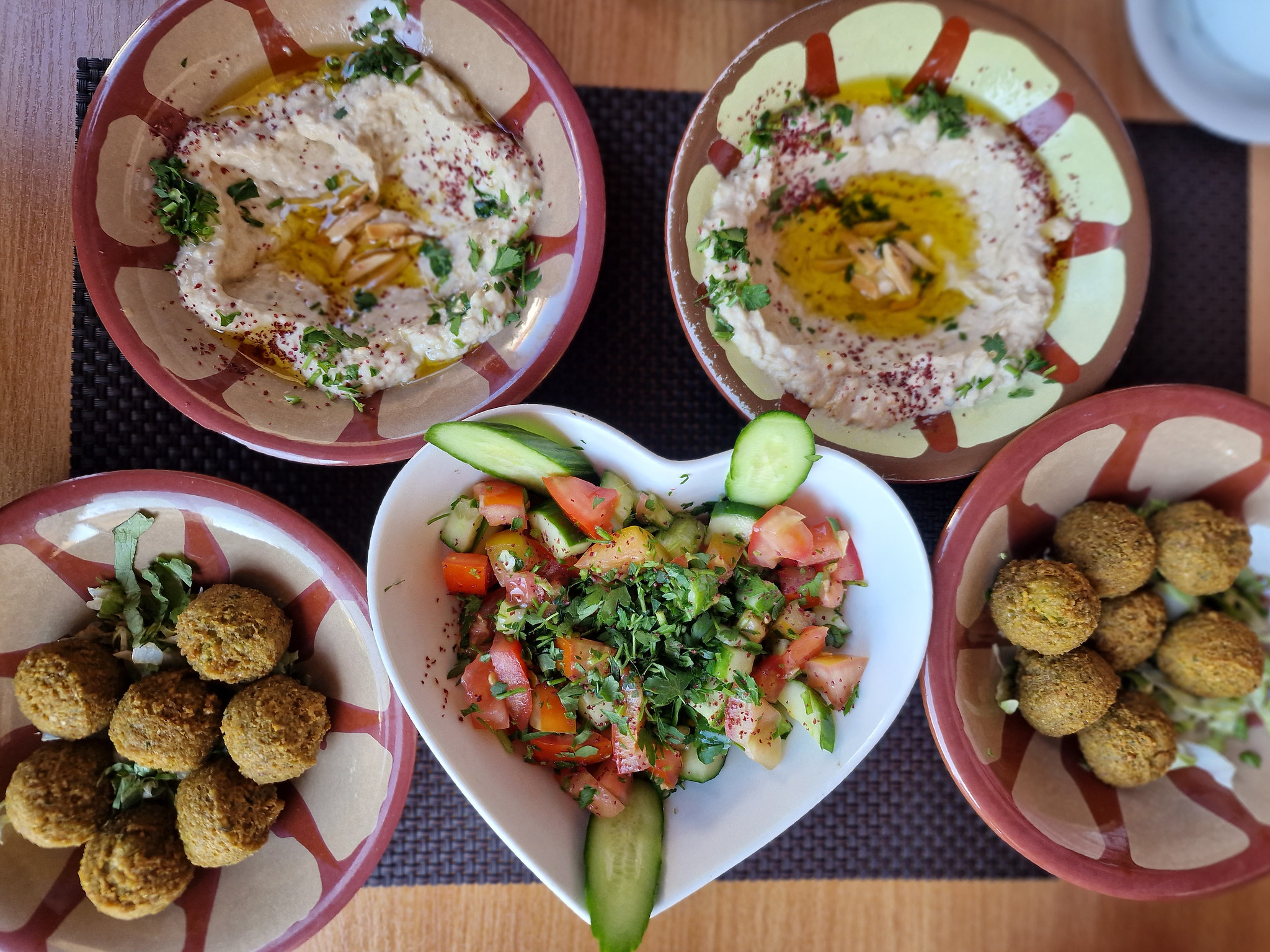
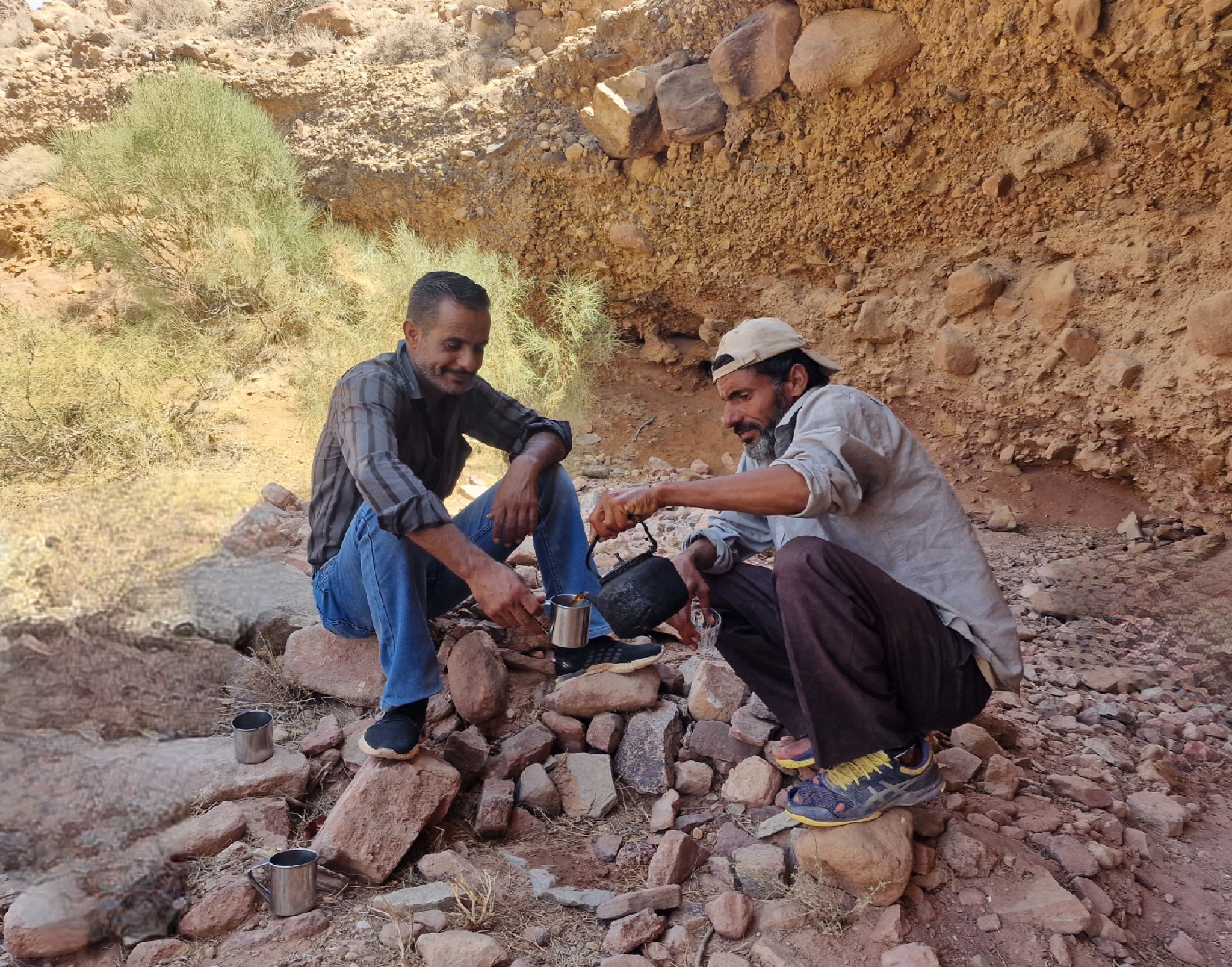
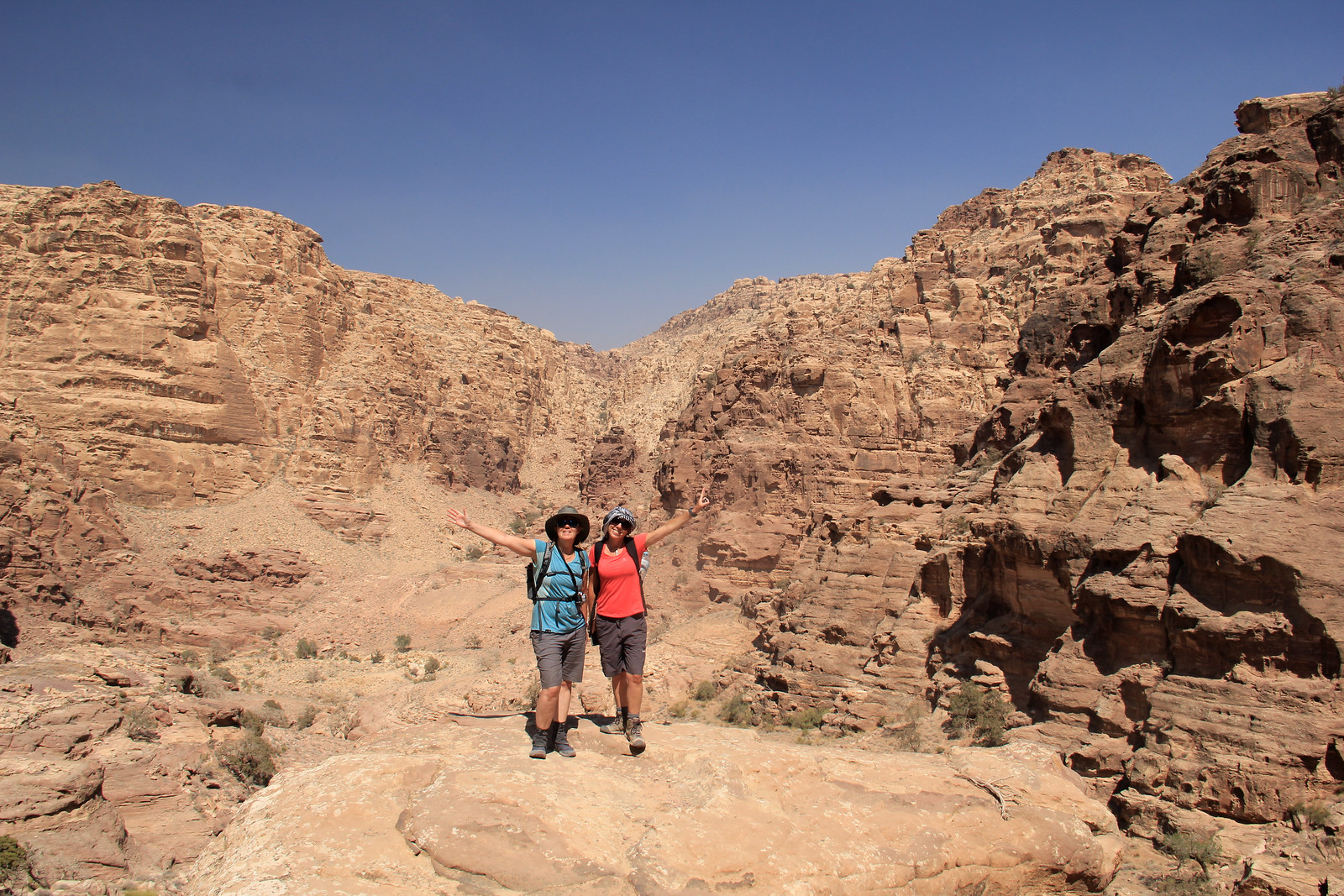
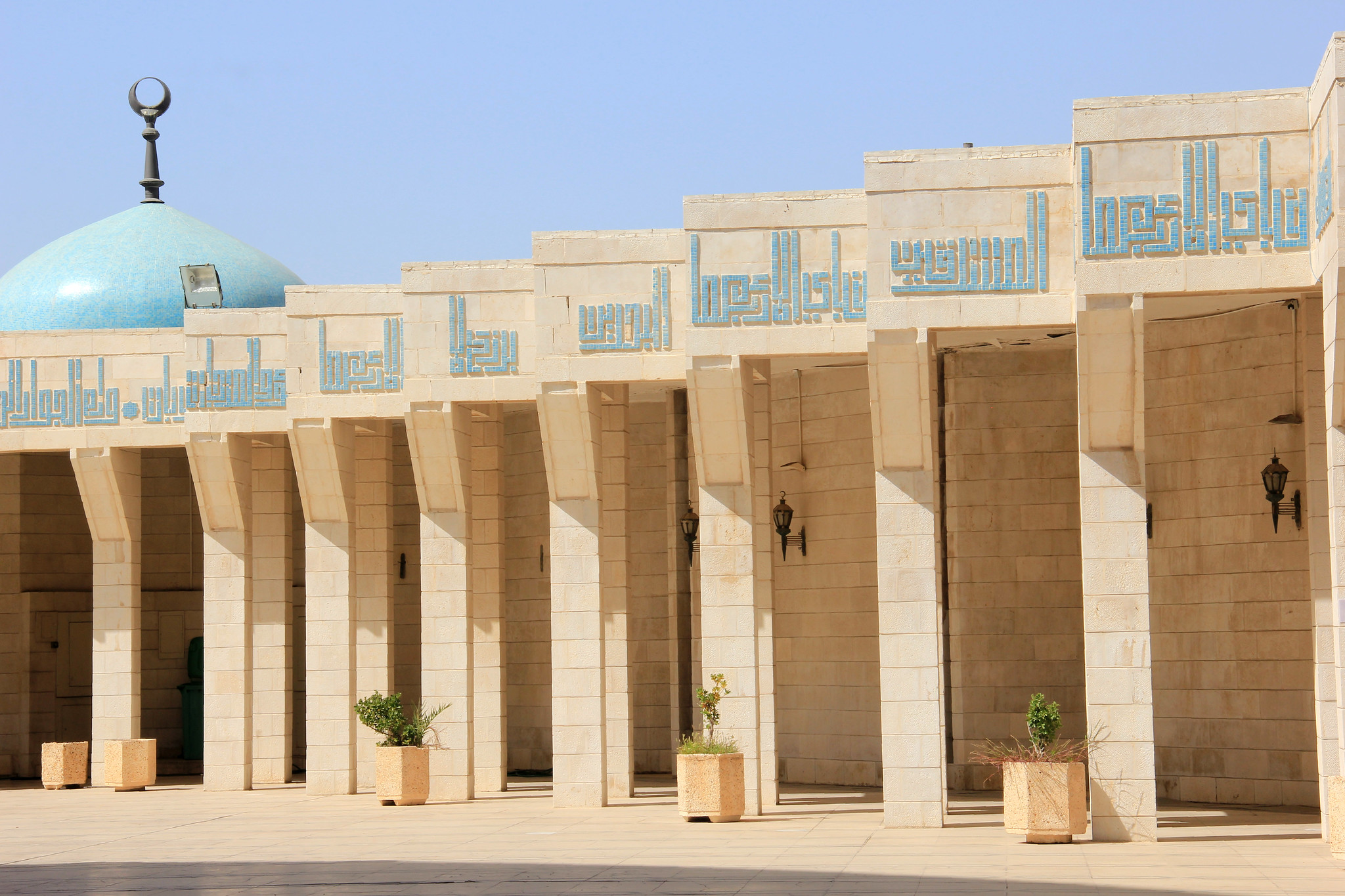
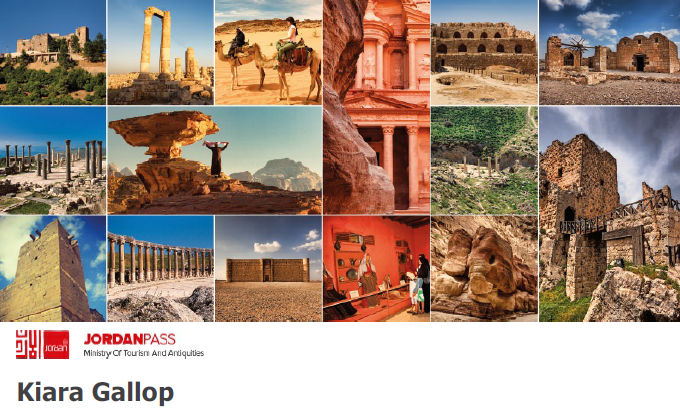










2 Comments
I agree, our family felt safe in Jordan. However, it was the most expensive cheap country we’ve ever been to. Hiring a driver, accessing facilities, and hotels were all more than I expected.
I totally agree! We spent a lot more than we’d initially budgeted for 🙁 I think it’s one of the few countries I’ve visited where I couldn’t rely on public transport (which is generally pretty cheap) for getting around. I’m glad I went but Jordan is definitely not a budget destination!